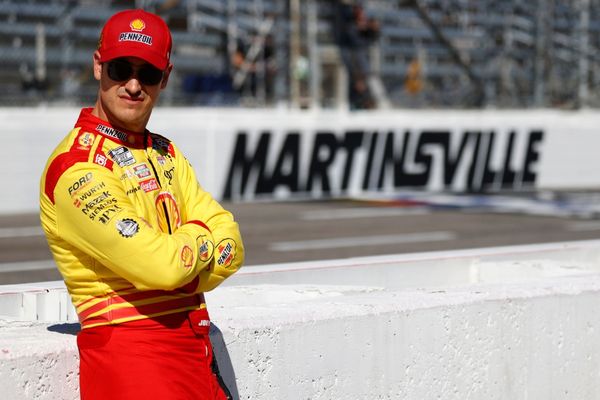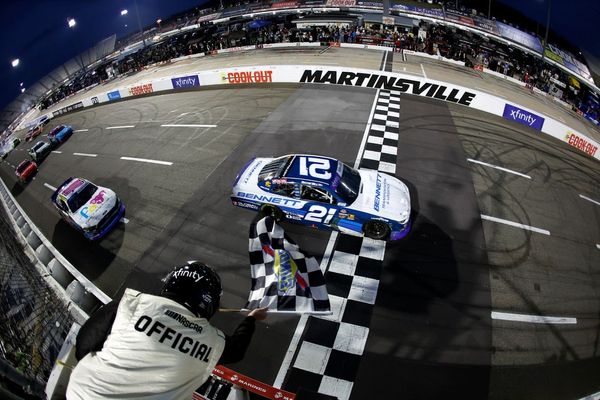In 1908, Dr. Norine Devere Spencer and her husband, Dr. Charles Spencer, graduated from Loyola Medical School and moved to Albany Park. “When my husband and I came to look at the neighborhood,” Spencer remarked in 1948, “he said ‘Who are you going to treat, the mosquitoes?’”
As a historian of Chicago neighborhoods, and most fervently of my own, I think often about Norine Spencer’s story and the interesting ways it parallels life in Albany Park today, some 110 years later.
Her anecdote references the early years when “weeping willows lined Lawrence Avenue instead of telephone wires.” That would quickly change, with the extension of the L train to Kimball Avenue in 1907 leading to a massive population boom — almost 50,000 people in just 20 years.
What started as a rural, suburban community soon became a vibrant city neighborhood swelling with newly arrived immigrants and working-class families. First German, Irish and Czech, then Jewish, then Korean, now a brilliantly diverse tapestry of Middle Eastern, Central American and Southeast Asian — though the countries of origin have changed, the essence of the neighborhood has remained the same.
Despite how much it hums with life, then, now and always, the idea of Albany Park as a sleepy, far-away suburb persists. Any current resident can tell you that mentioning to someone from another part of the city that you live in Albany Park will often earn you a confused, blank stare (even if we have a lot more to offer these days than mosquitoes).
But there’s another reason I find myself fascinated by Norine Spencer’s story. I find it incredible that she graduated from medical school seven years before women were even allowed full membership in the American Medical Association. She remembered “making house calls walking in snow up to my knees … [and seeing] snakes coming up between the wooden planks [of the sidewalks].”
On a frigid winter day or slogging through the neighborhood’s flooded streets after a seemingly innocuous rain storm, I think about her. I think about how rural life in Albany Park allowed her to have a successful practice regardless of her gender, how her dedication bonded doctor and patient as neighbors, how our community still comes together to help one another — and remark on the floods, skunks, raccoons and other natural challenges of the area.
The fierce community spirit of our little neighborhood just might be my favorite thing about it. During the Great Depression, the PTA at Volta Elementary School bought milk for the school’s poorest children and supplied their families with baskets of food at Thanksgiving and Christmas.
In the 1970s, residents successfully fought the city’s version of urban renewal by creating grassroots community organizations to plan and undertake revitalization work instead. And it’s easy to find similar stories in the area today.
Robust architectural diversity — with single-family homes nestled alongside three-flats and big courtyard buildings — helps create and support our economic diversity, but the steely determination and unifying desire of all residents to preserve the diversity and affordability of our community is not a given. It’s just an attitude that has somehow persisted for 100-odd years.
“People are what makes anything,” said local businessman Paul Moreno in 1978, “[and] if you have people behind you, you’re going to make it.”
In Albany Park, that statement seems to be embedded in the sidewalks and burned into our collective memory. It permeates local meetings and infuses discussions overheard at local bars. It’s why our nonprofits thrive, our schools are supported, and our businesses pull through pandemics and fires.
We’ll fight for affordable housing, we’ll fight for our community — and you don’t have to put a chair in your parking spot, because I shoveled mine, and I’ll shovel yours, too.
Patti Swanson is founder and executive director of ChicagoforChicagoans.org, a nonprofit organization dedicated to educating Chicagoans about the history of their city.
The Sun-Times recently asked our readers to write in and tell us what they love about their community or neighborhood. You can still send your submission to letters@suntimes.com and we will consider it for publication.







